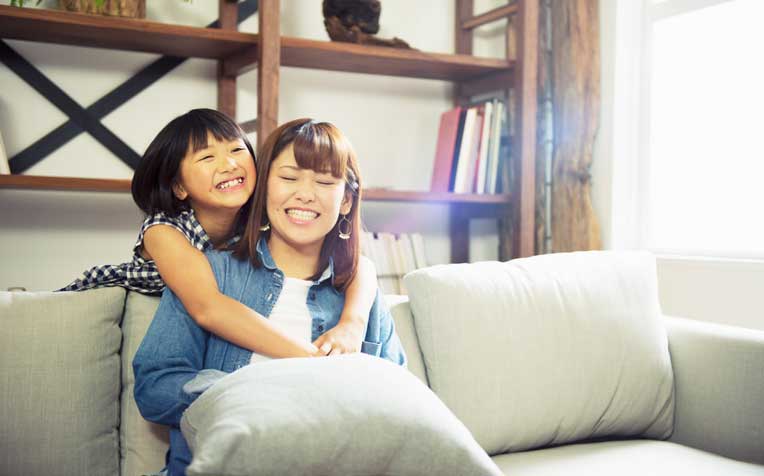
Bone health As women age, hormonal changes (drop in levels of oestrogen) make them more prone to osteoporosis (brittle bones).
Between 20 and 30: Maintaining bone mass with diet and exercise
By age 19, bone mass accumulation slows down, but women continue to build bone faster than they lose it, until age 25 to 30 when they achieve peak bone mass. After that, bone building slows down and bone loss picks up, but bone mass can be maintained with good nutrition and exercise.
Dr Ang Seng Bin, Head of the Family Medicine Service and Senior Consultant Family Physician, Department of General Obstetrics & Gynaecology, KK Women’s and Children’s Hospital (KKH), a member of the SingHealth group, said studies show that bone mass accumulated between the ages of 11 and 13 is equivalent to the amount of bone loss during the 30 years after menopause.
Women with a family history of osteoporosis should take extra care from puberty to ensure a higher peak bone mass and lessen the risk of osteoporosis in later life.
Bones adapt to the impact of the weight and pull of muscles by building more bone cells, making them stronger and denser. Simple exercises include climbing stairs, skipping and brisk walking. More adventurous ones include hiking, dancing and step aerobics.
The Health Promotion Board’s (HPB) RDA for calcium increases to 1,000mg between the ages of 10 to 18, and drops slightly to 800mg for ages 19 to 30. The recommended vitamin D intake is 100iU (2.5 mcg) per day for ages seven and above.
Pregnant and breastfeeding mothers are advised to take 1,000mg of calcium and 400iU (10 mcg) of vitamin D daily. The KKH Nutrition & Dietetics Department explains that this is crucial for bone health, as inadequate consumption may result in the foetus drawing calcium from the mother’s bones, increasing her risk of osteoporosis in later life.
Between 30 and 50: Ditch bad habits
At this age, bone tissue is lost faster than it is replaced.
Menopause before the usual age of 45 can cause bone loss, leading to early osteoporosis. Other causes are smoking, drinking more than two units of alcohol daily, a sedentary lifestyle, and long-term calcium intake of less than 500mg per day. Studies show that smoking reduces blood supply to the bones and impairs calcium absorption, while too much alcohol affects the liver, which is important for activating vitamin D.
To minimise bone loss, get enough exercise, calcium (800mg), and vitamin D (100iU or 2.5 mcg) every day. Exercise maintains muscle mass, which preserves and strengthens the surrounding bone, and helps prevent falls. Highly recommended for bone health are weight-bearing exercises that promote balance such as tai chi, yoga, and qigong.
Over 50: Move carefully and avoid falling
After 50, the dramatic fall in oestrogen speeds up bone loss.
Osteoporosis has no symptoms during its early stages, but women may later experience back pain, height loss over time and a stooped posture. It also becomes easier to fracture wrists, hips, the spine or other bones.
Women over 65, or who experienced menopause before 45, should consider a bone mineral density scan to detect early bone loss. X-rays will measure the amount of calcium and other bone minerals packed into a segment of the bone. Commonly tested are bones in the spine, hip and forearm.
To keep bone problems at bay, seniors should avoid getting intoxicated and treat vision problems such as cataracts, in order to avoid falls. A fall can cause fractures and impair one’s quality of life, resulting in a possible loss of independence and the need to change living arrangements.
It is advisable to improve balance, install good lighting and non-slip floors, and declutter the home.
Those over 50 years old should take HPB’s recommendation of 1,000mg of calcium and 100iU (2.5 mcg) of vitamin D daily, while eating a balanced diet and enjoying the sun. This, combined with adequate exercise, can limit bone loss and increase bone and muscle strength.
Ref: G25


















 Get it on Google Play
Get it on Google Play